Hey! Can you remember any animals you just saw? Can you describe its color, size, appearance? Could you distinguish it among the other animals? You will probably say "yes" because we can surely remember any animals we just saw with ease.
Now, can you remember the last plant you saw? It's color, size, shape of leaves, and appearance? Could you be able to distinguish it among the other plants. Well, if you'll say "yes", then it's good; but if you'll say "no," then you maybe suffering from what we called "plant blindness."
So what's this stuff they called "Plant blindness?"
Many untrained eyes ‘suffer’ from this, especially if you haven’t had much exposure to nature. Plant blindness can be defined as the lack of knowledge on different kinds of plants and their functions, as well as the inability to see plants beyond being background objects.
If your mental images of animals are sharper than those of plants, you’re not alone. Children recognise that animals are living creatures before they can tell that plants are also alive. Tests of recall also show that study participants remember pictures of animals better than images of plants. For instance, one US study tested “attentional blink” – the ability to notice one of two rapid-fire images – using pictures of plants, animals and unrelated objects. This showed that participants more accurately detected images of animals than plants.
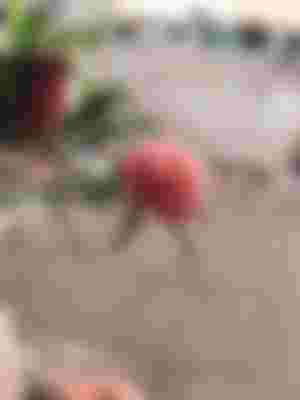
This tendency is so widespread that Elisabeth Schussler and James Wandersee, a pair of US botanists and biology educators, coined a term for it in 1998: “plant blindness”. They described it as “the inability to see or notice the plants in one’s own environment”.
An obvious indicator of plant blindness is the inability to distinguish trees from one another. If you happen to be like this, you aren’t alone—A survey conducted in 2019 amongst residents of Metro Manila, Philippines, shows that out of 181 respondents, 81 respondents (45%) are able to identify trees in their surroundings, and 87 (48%) aren’t able to, but do think that trees look different.
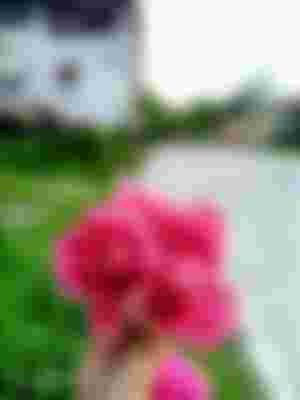
Because of the lack of formal education and inadequate accessible resources, learning how to identify trees can be difficult. But the best teacher can sometimes be experiences outside of the classroom—learning from our surroundings and connecting with fellow enthusiasts, experts, and nature lovers might be the best way to learn about the abundance of trees that we see!

The best teacher is experience and learning with a community—join Facebook groups catered to identifying plants(there are lots of plantitos/plantitas out there), go to tree walks (not now, but when possible!) and maybe ask your neighbors about that fancy tree you’re curious about (with strict social distancing and PPEs, of course).
We have about 3,600 native Philippine trees, not counting introduced species. It might be a lot, but it’s less overwhelming with friends!
Thanks for reading.
Lead photo source: https://ecohustler.com/nature/plant-blindness/
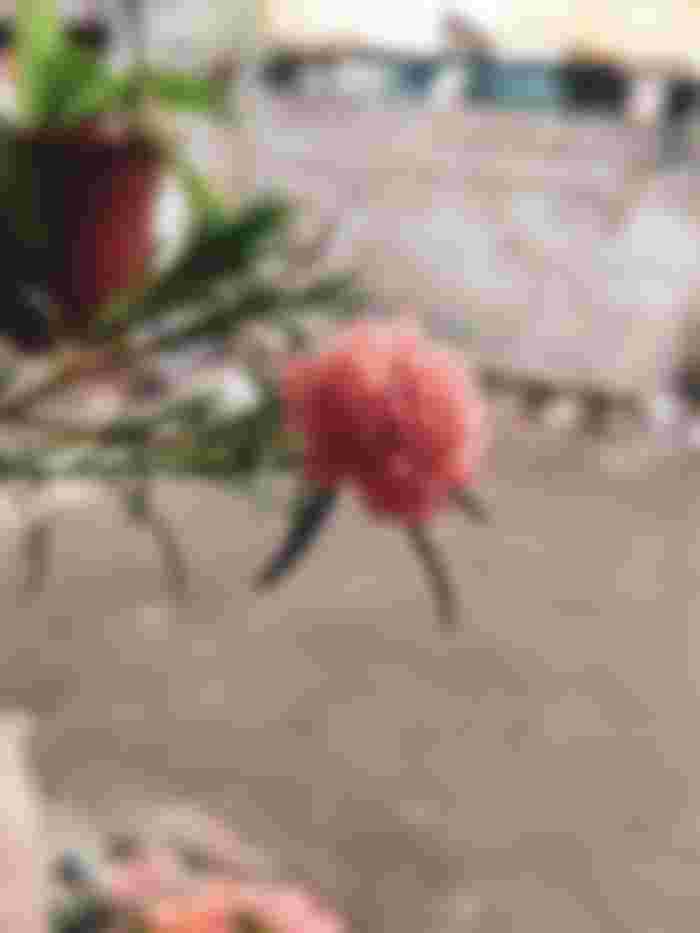
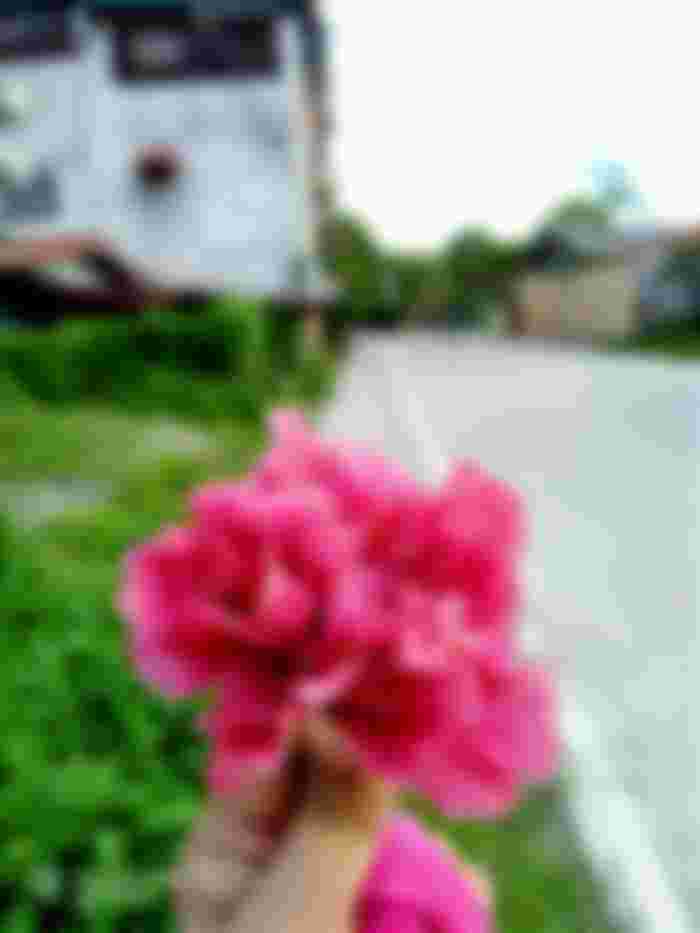
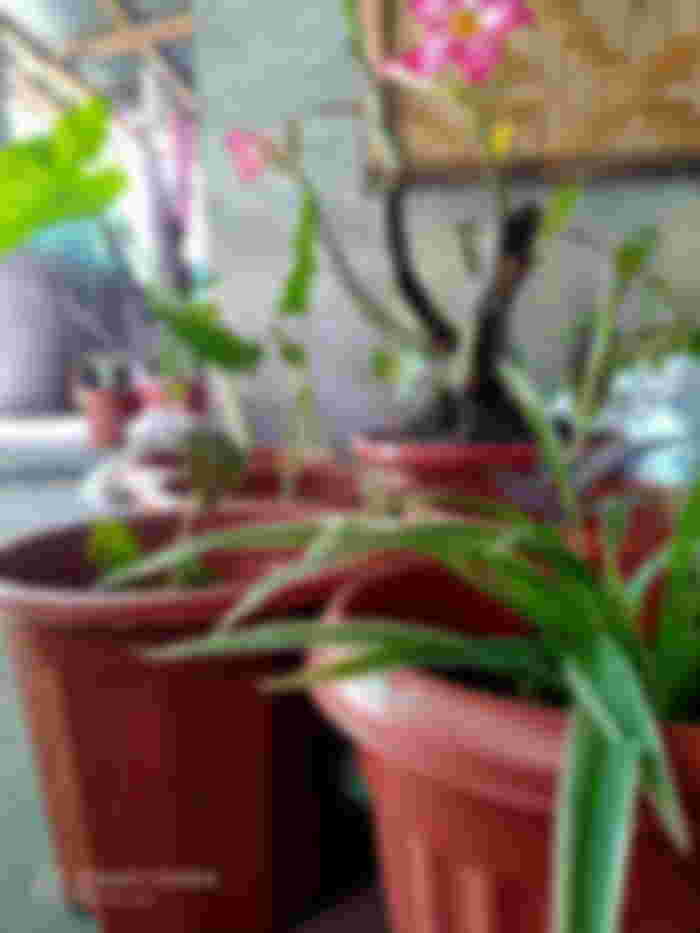
I think, I'm guilty of this. I honestly can't recognize plants and trees around me, and i keep on disregarding them.